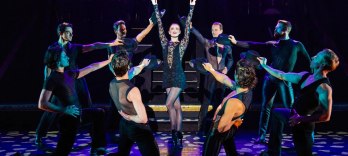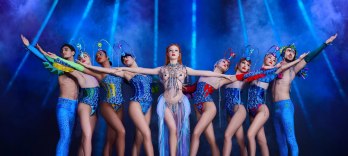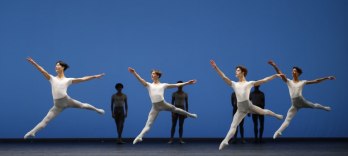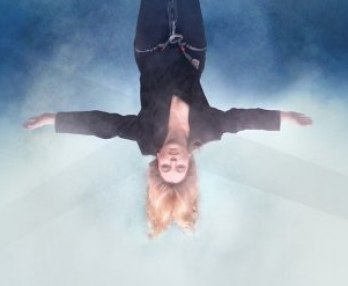Paris Opera Tickets | Paris Concerts | Paris Theaters
What's on
Casino de Paris
Paris - Casino de Paris
Su 07 Dec 2025, 16:00 - Sa 31 Jan 2026, 15:30
Su 07 Dec 2025, 16:00 - Sa 31 Jan 2026, 15:30
Paradis Latin
Paris - Paradis Latin
Su 07 Dec 2025, 19:30 - Mo 29 Dec 2025, 19:30
Su 07 Dec 2025, 19:30 - Mo 29 Dec 2025, 19:30
Paradis Latin
Paris - Paradis Latin
Su 07 Dec 2025, 12:00 - 15:45 - Su 14 Dec 2025, 12:00 - 15:45
Su 07 Dec 2025, 12:00 - 15:45 - Su 14 Dec 2025, 12:00 - 15:45
Paradis Latin
Paris - Paradis Latin
Su 07 Dec 2025, 13:30 - 15:45 - Su 14 Dec 2025, 13:30 - 15:45
Su 07 Dec 2025, 13:30 - 15:45 - Su 14 Dec 2025, 13:30 - 15:45
Palace Garnier
Paris - Paris Opera Palace Garnier
Su 07 Dec 2025, 10:30 - 13:00 - Su 14 Dec 2025, 10:30 - 13:00
Su 07 Dec 2025, 10:30 - 13:00 - Su 14 Dec 2025, 10:30 - 13:00
Concerts in Paris
Paris - Accor Arena
Su 07 Dec 2025, 18:00 - Tu 10 Mar 2026, 20:00
Su 07 Dec 2025, 18:00 - Tu 10 Mar 2026, 20:00
Bestseller events

 EN
EN DE
DE IT
IT FR
FR ES
ES RU
RU JP
JP RO
RO








